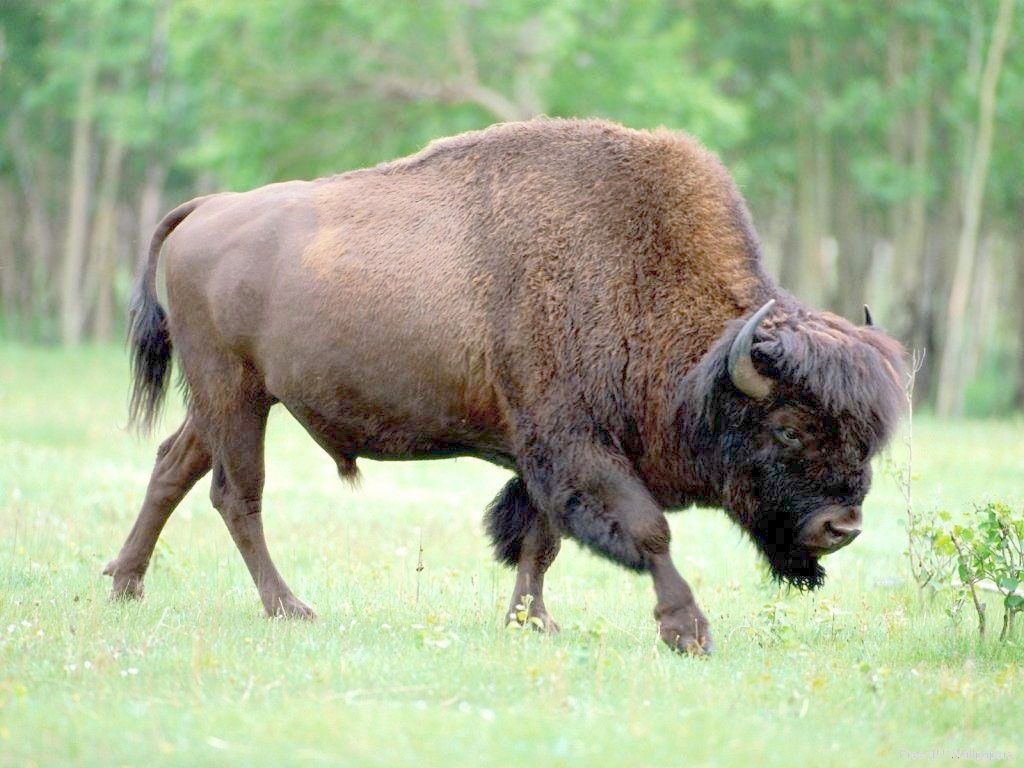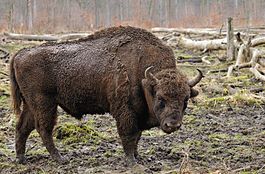Animals listed in the Red Book
Unfortunately, cheetahs are now in a very difficult situation. After all, the cheetah is the fastest dying species of cat: firstly, cheetahs, although they run fast, get tired quickly; secondly, they only hunt Thompson's gazelles; thirdly, it is more difficult for them to hide their cubs, because they can't climb trees and aren't too aggressive to show everyone who's boss. All this greatly complicates the cheetah’s ability to survive, and if measures are not taken, then soon the cheetah may simply disappear from our planet... But cheetahs are becoming less and less comfortable in this world. After all, the popularity of safari is growing, and when tourists see a cheetah, they begin to photograph it and shout loudly. The cheetah does not like screams and other sounds and, being afraid, goes further into the forest during the day, hunting at dusk or at night. And this seriously reduces the number of successful hunts. In addition, upon seeing tourists and hearing loud sounds, the cheetah often abandons its prey, leaving it to be eaten by other animals, but it was obtained with such difficulty! The species is listed in the International Red Book.
Caracal
The caracal is listed in Appendix II of CITES. It is hunted by farmers to protect their livestock. Fishing is prohibited in the CIS.
Asian golden
Due to deforestation and hunting, the Asian golden cat has become a rare animal. In China, its meat is considered a delicacy, and its bones are used in traditional Chinese medicine
Deforestation on a small island like Borneo could lead to the extinction of this rare species.
Manul
High mortality at an early age from acute infectious diseases. Over the past 10-15 years, the Pallas's cat has been practically exterminated in the open steppes. Most numerous in mountainous areas with little snow. Destroyed by wolves, dogs and poachers. Pallas's cat is a rare species, listed in Appendix II of CITES.
Black-footed cat
The species is listed in the International Red Book
Forest wild cat
Unlike the wild African cat, it is practically impossible to tame, even when kittens are taken for this purpose. The number of wild forest cats is decreasing due to deforestation and hybridization with domestic cats, especially feral ones. Therefore, there are obviously no more populations of “pure” wild forest cats.
Far Eastern cat
The species is listed in the Red Book of Russia. The cat living in Russia in the Far East is very small in number (apparently no more than 1000 individuals).
Pampas cat
The species is listed in the International Red Book
Velvet Cat
The species is listed in the International Red Book
Geoffroy's cat
However, due to the fact that the Geoffroy wild cat has become extremely rare in modern times and is seriously endangered, it was listed in the Washington Convention for the Protection of Nature and any trade associated with it or products made from it is now prohibited. In the year before the entry into force of this convention, more than 5,000 individuals entered the market, representing one tenth of its total population.
Ocelot
The species is listed in the International Red Book
Andean cat
The species is listed in the International Red Book
Margay
In recent years, due to deforestation of tropical forests, the margay population has noticeably decreased. In addition, poachers often kill him for the sake of his beautiful - thick and soft - fur. Now the long-tailed cat, like many other cats with beautiful fur, is facing extinction.
Canada lynx
The future of Canada lynxes is not in danger at this time; They are endangered only in a few regions, such as New Brunswick, due to the destruction of their habitats and past hunting for their fur.
Spanish lynx
The Spanish lynx is one of the rarest mammal species. According to estimates for 2005 its population is only 100 individuals. For comparison: at the beginning of the 20th century there were about 100 thousand, by 1960 - already 3 thousand, by 2000 - only 400. Included in Appendix I of CITES (Convention on International Trade in Endangered Species of Wild Fauna and Flora), as well as in lists of the World Conservation Union, category I (endangered animals.) This species is on the verge of extinction and is listed in the International Red Book.
Common lynx
Today, lynxes are on the verge of extinction.
Red lynx
Lynxes are fairly close relatives. Today, lynxes are on the verge of extinction.
Marble cat
This is an extremely rare cat species, listed on Appendix I of CITES.
Iriomote cat
Their only known habitat is the subtropical thickets of Iriomote Island, which has an area of only 292 square kilometers. Iriomote Island is part of the Ryukyu Islands group, located just two hundred kilometers from Taiwan. Immediately this animal was taken under strict protection.
Cat - Fisherman
The fish cat is a rare animal, listed in Appendix II of CITES.
House
The species Reed cat in Russia is on the verge of extinction and is listed in the Red Book of Russia
Golden Cat
The number of golden cats is small and continues to decline, despite the widespread ban on hunting them. The current population of golden cats (1996) is estimated at 10,000 adults, with no more than 1,000 in any subpopulation. The main threat to them is forest degradation in Equatorial Africa. Hunting for golden cats is prohibited or restricted in all countries. However, pygmy tribes traditionally value the tails of these cats as amulets that help in hunting elephants, and the skins as clothing.



No comments here yet.